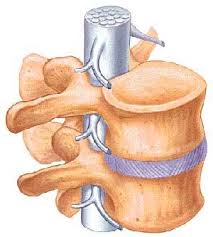The Orthopaedic Spine Surgery Program also provides surgical and non-surgical consultation for second opinions for surgery and Workmen’s compensation claims.
In the time leading up to hip replacement surgery, you were looking forward to living pain free. But now months after the surgery, you are disappointed with your reality of living with ongoing pain or even worse pain than you had before. What went wrong? Why aren’t you experiencing the pain-free life that you dreamed of? A few things can be going wrong and preventing you from the best possible results after the replacement of your hip.
The first in providing surgical care is to determine exact location of the arterial blockage in the leg. Although this can be performed with an ultrasound, the most accurate test is called an arteriogram. An arteriogram is an outpatient procedure where a small needle and catheter are inserted into your artery. It is similar to having an IV started. A biologically safe dye is then injected into the arteries and pictures are taken of the blood flowing down each leg. This provides a roadmap of all of the normal and abnormal segments of arteries and allows the surgeon to identify the areas of concern.
In the case of ongoing pain after hip replacement surgery, the pain could be caused by irritation to the sciatic nerve, either from the lumbar spine or as a result of the hip replacement surgery. Those with spinal stenosis are at higher risk of nerve injury to the sciatic nerve during the hip replacement surgery because the nerve is already irritated and the surgery methods can physically stress the nerve.2 The sciatic nerve can be monitored for stress during the hip replacement surgery in order to prevent damage.3 Those who have had the sciatic nerve injured during hip replacement surgery might be experiencing burning pain, shooting pain, foot drop or other signs of nerve damage affecting the leg.
If there is too much blockage in the arteries to treat with balloon angioplasty and stent, an open bypass operation must be undertaken. A bypass operation involves finding a suitable blood vessel above and below the area of blockage and routing blood flow between the two vessels with the aid of a bridge (graft) carry the blood between the two vessels. The graft may be constructed from a vein in the leg or a synthetic material. The procedure usually requires 2 to 5 hours of surgery.
Find more information about back pain after surgery at backcure.com.au